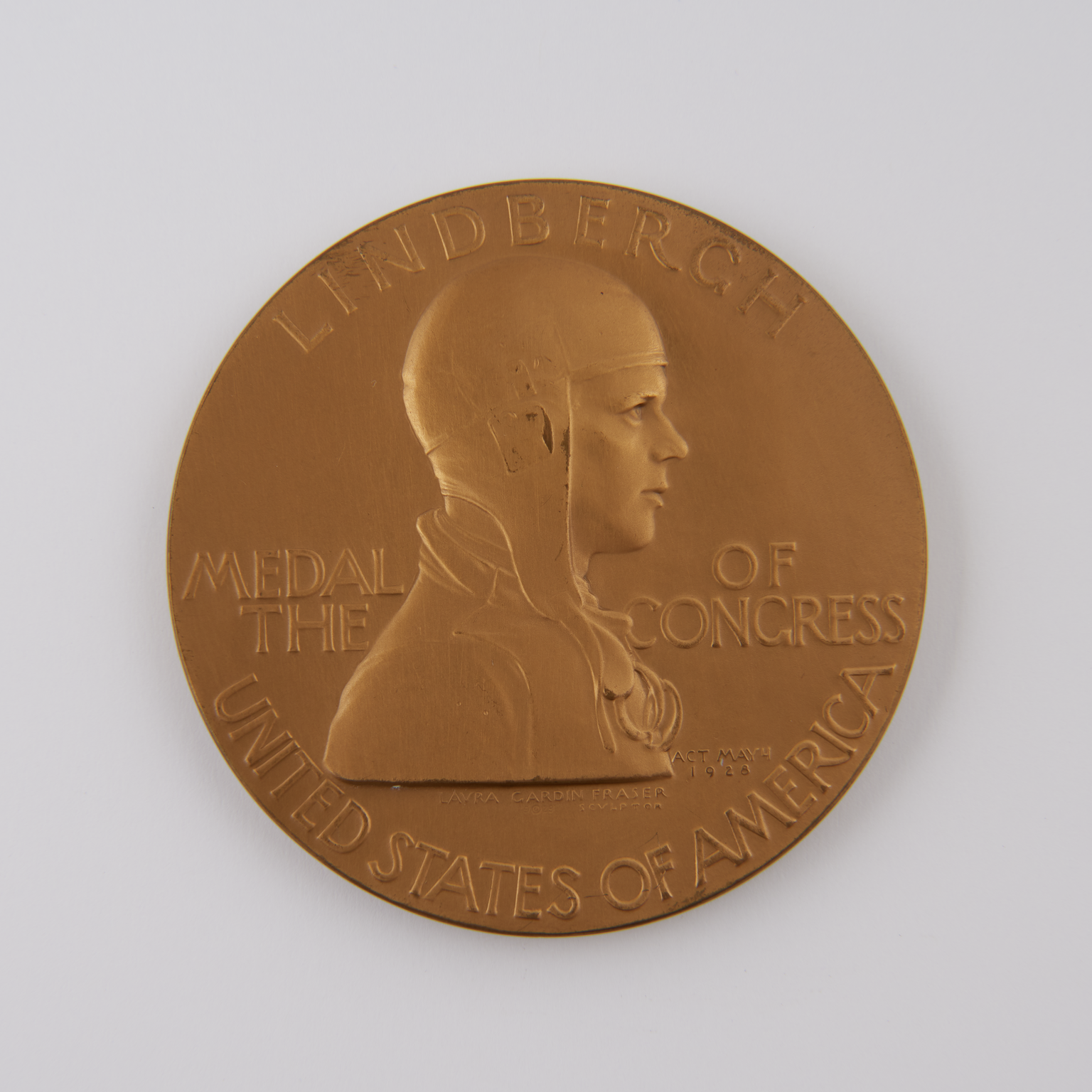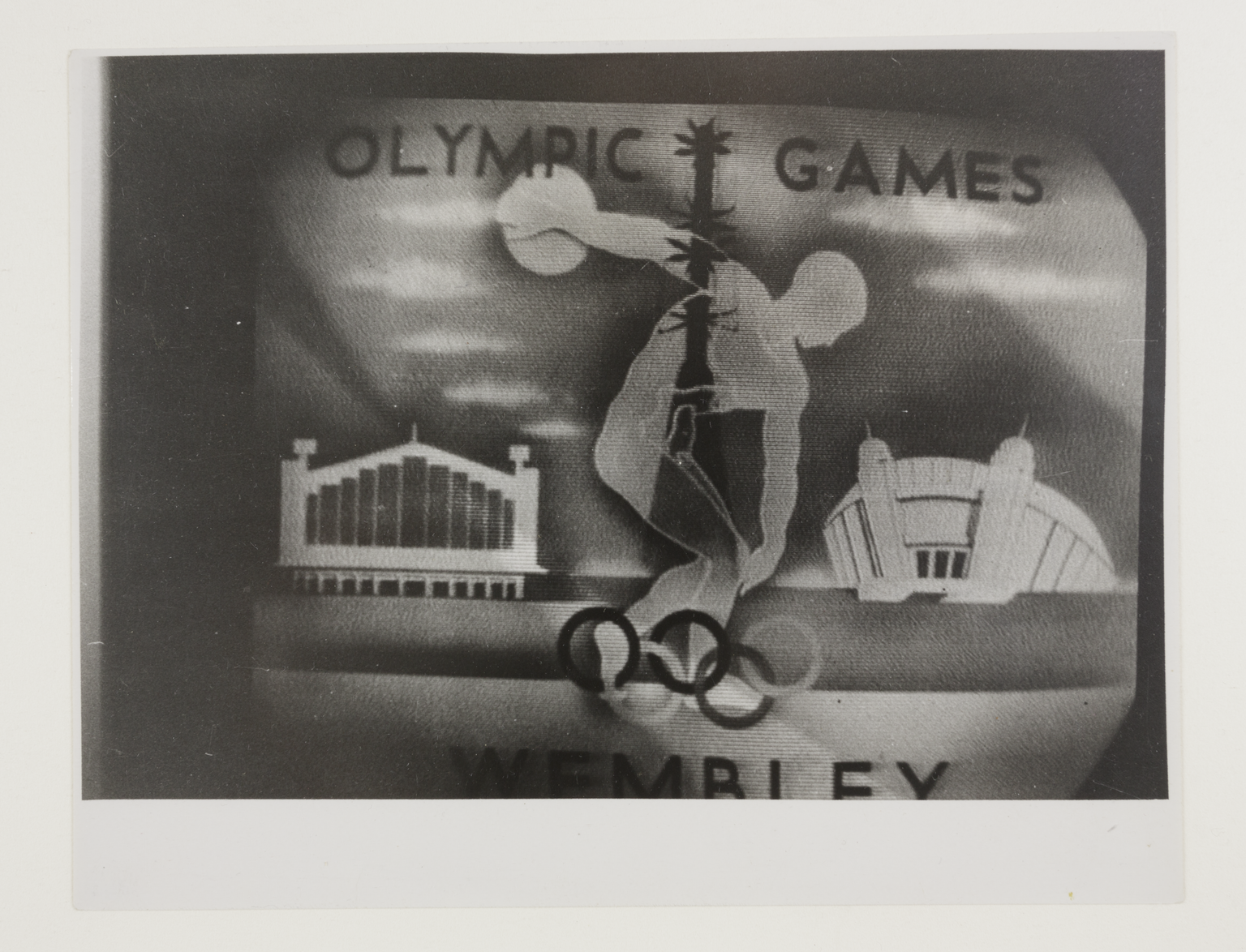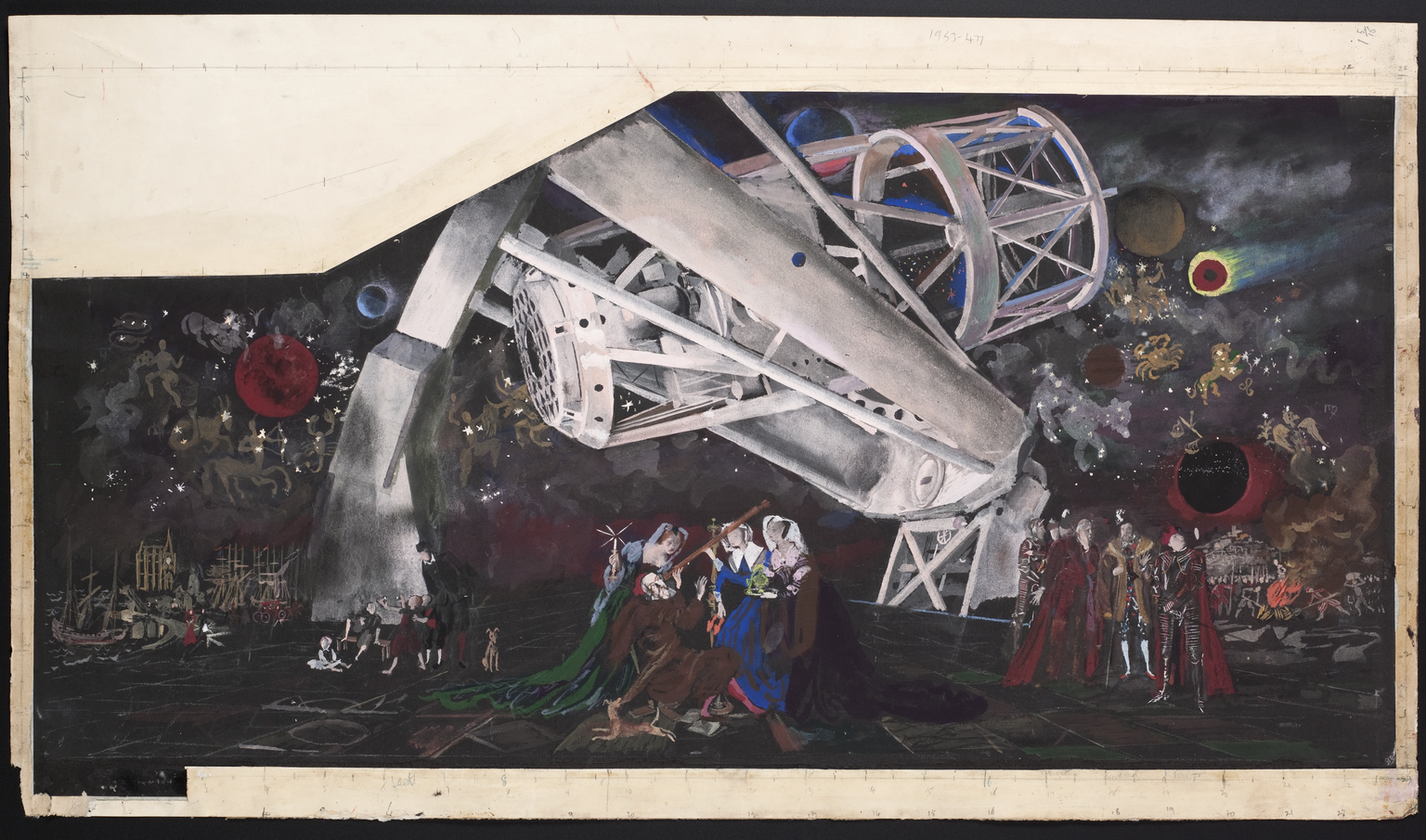With an early proposed event consisting of a 14km race and a written essay, it’s not surprising it took years – 16 in total – for Baron Pierre de Coubertin to have his suggestion of introducing Art Competitions into the modern Olympics accepted.
The Baron, the founder of the International Olympic Committee, believed that the marriage of sport and art restored the Olympiad to that of Ancient Greece and its original beauty. A true Olympian was not simply the quickest swimmer or the furthest long jumper, but also a painter or musician.
Resistance to the idea was understandable. Judging the arts is surely subjective. However, the decision to include Art Competitions was unanimous in the 1908 Olympic Games.
Medals were to be awarded for works of art inspired by sport, divided into five categories: architecture, literature, music, painting, and sculpture.
Unfortunately, the 1908 London Olympics was marked by frustration and disappointment, particularly due to issues with transporting and displaying works at the Games. The backing of the Royal Academy of Arts and its President, Sir Edward Poynter, ensured curiosity amongst global artistic communities.
The Art Competition was ultimately abandoned for these Games but this first attempt ensured Art made an energised leap off the starting block and the next Games held in Stockholm in 1912.
On two occasions a husband and wife have competed against one another for the Art medals. Sculptors, James Earl Fraser and Laura Gardin Fraser (who created this medal now in the Science Museum Group Collection) battled it out to represent the USA, while painters Laura Knight and Harold Knight fought for Great Britain – all during the 1928 Amsterdam Games.

Only Laura Knight walked away with a medal. It was in 1916 that Knight received a £300 commission to paint a canvas for the Canadian Government War Records office on the theme of Physical Training in a Camp, and produced a series of paintings of boxing matches at Witley in Surrey, the wartime home for many Canadian First World War soldiers.
It was this work that would inspire her 1928 Silver Medal winning painting ‘The Boxer’. The following year, she became a Dame, and in 1936 became the first woman ever elected as a member of the Royal Academy. Her retrospective exhibition there in 1965 was also the first for a woman.
Knight continued to produce posters for British travel and holiday destinations throughout her career, including this poster for London & North Eastern Railway.
In her long career, Knight was among the most successful and popular painters in Britain. Her achievements in the male-dominated British art world paved the way for greater visibility and recognition for women artists.
The only known disabled artist to participate in the Art Competitions was Alfred R. Thomson from Great Britain, who won a Gold Medal for his painting ‘London Amateur Championships’ in the 1948 London Olympics. He was deaf and user of British Sign Language.

Although Thomson attended the London Art School in Kensington, he was largely self-taught. Thomson is most notable for completing several commissions for the War Artists’ Advisory Committee during World War Two and in September 1942 became a full-time salaried artist attached to the Air Ministry.
This led to his appointment as a Royal Academician and he soon became a highly respected society portrait painter. He continued to paint murals, including for the Science Museum (this design sketch is in our collection), Houses of Parliament and Queen Mary ocean liner. His work, along with his competitors, was displayed in seven of the V&A’s galleries throughout the 1948 London Olympic games.

The only artist to participate in every Art Competition was R. Tait McKenzie (who made this bronze plaque now in the collection). Of the one hundred and twenty-three individual pieces of sculpture he displayed for Canada, his work, ‘Shield of Athletes’, won him of the Bronze Medal in the Relief’s Medallions competition during the 1932 Los Angeles Olympics.
It was McKenzie’s childhood friend, James Naismith, the inventor of basketball, who sparked McKenzie’s fascination for sports while they attended McGill University. These friends, his medical studies, and involvement in athletics provided the fuel for his attempts at sculpture.
During the First World War, his methods and inventions for restoring and rehabilitating wounded soldiers laid a foundation for modern physiotherapy practices. Although all artists had to be living to compete in the Art Competitions, R. Tait McKenzie’s work was judged for the 1948 Games. Whether this was a clerical error or a small tribute to his death in 1938 is unknown.
The following games in 1952 marked the end of awarding medals for Olympic Art amid fears from the IOC Executive Committee that, as contestants were practically all professionals, these medals purely served as commercial advertising.
Although passionately contested by members of the IOC and artists from across the world, including a protest against this change by the German National Olympic Committee, in the 1952 Olympics in Helsinki the Art Competitions were replaced with non-medal awarding Art Exhibitions.
Since then there have been several international organisations and individuals who have attempted to reinstate the Art Competitions with no luck.
The awards for the Art Competitions were announced in the Olympic Stadium with the same fanfare on the victor’s podium as athletes, with flags flying and national anthems playing.
Although the 151 medals that had been awarded to these artworks have now been officially removed from the Olympic record, the fleeting moments of the Olympic Games and sport champions continue to be remembered through the enduring artistic creations of painters, musicians and architects.
It is amusing to imagine which contemporary creatives would be standing on those podiums today.

